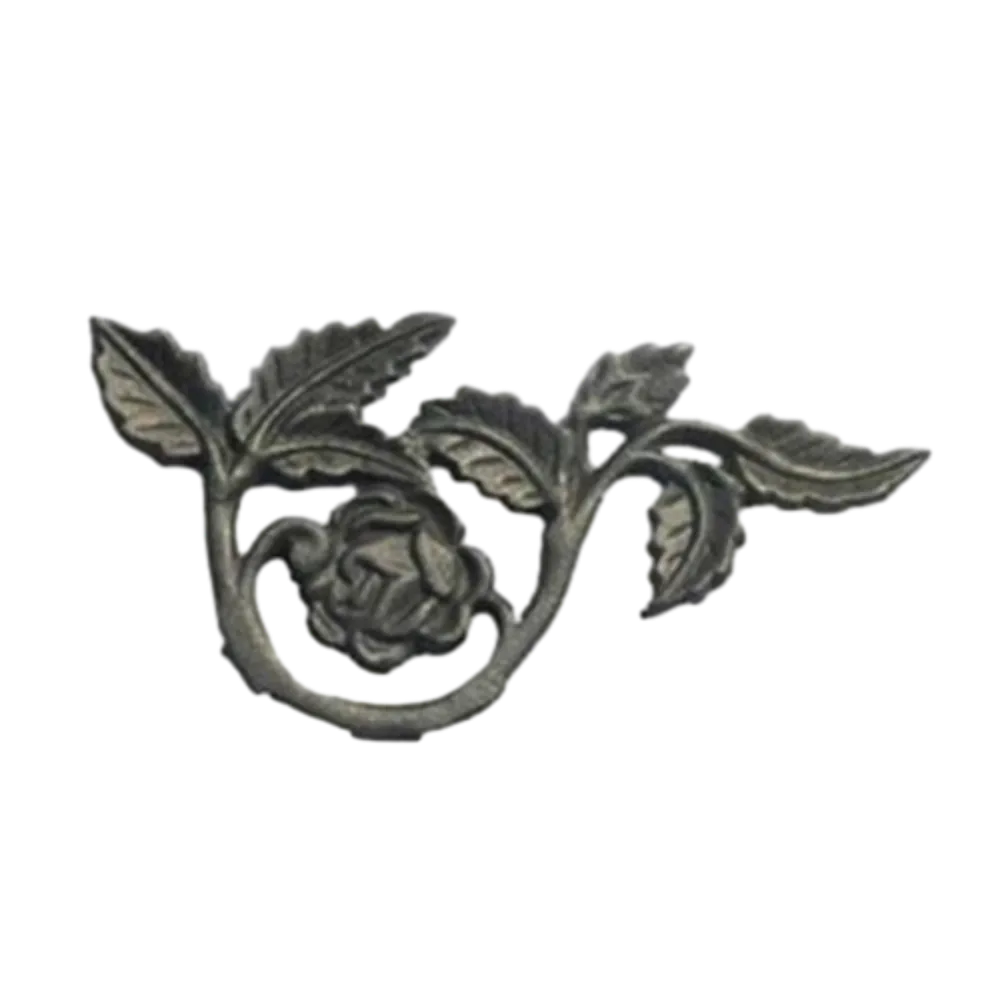Decorative Ironwork - Elegant Designs for Every Space
The Art of Decorative Ironwork
Decorative ironwork has captivated the imagination for centuries, transforming everyday structures into extraordinary pieces of art through the meticulous craftsmanship of skilled artisans. This age-old practice combines functionality with aesthetic appeal, making it a cherished element in architecture and design.
The origins of decorative ironwork can be traced back to ancient civilizations, with evidence of its use in Egypt, Greece, and Rome. Initially, iron was primarily valued for its strength and durability, essential for tools and weaponry. However, as forging techniques advanced, artisans began to explore the artistic possibilities of iron, incorporating intricate designs and ornamental elements into gates, railings, and furniture.
One of the most significant periods for decorative ironwork was during the Renaissance, when the art form flourished alongside advancements in architecture and design. Craftsmen began to use wrought iron to create elaborate scrolls, floral motifs, and intricate patterns. These decorative elements not only enhanced the aesthetic quality of buildings but also reflected the wealth and status of their owners. The use of wrought iron became increasingly popular in Europe, particularly in countries like France and Spain, known for their exquisite ironwork fixtures.
decorative ironwork

The Industrial Revolution further propelled the popularity of decorative ironwork
. Mass production techniques allowed for the creation of iron pieces on a larger scale, making it more accessible to the general public. Ornamental iron grills, balconies, and fences became prevalent in urban architecture, adding elegance to townhouses and public buildings alike. The iconic Blackpool Tower and the wrought iron railings of Parisian cafes are prime examples of how this craftsmanship melded with industrialization to create stunning visual statements.Today, decorative ironwork continues to thrive, adapting to contemporary tastes while maintaining traditional techniques. Modern artisans are blending old-world craftsmanship with innovative designs, producing unique pieces that serve both form and function. Whether it’s a bespoke staircase, a striking gate, or delicate railings, each piece of ironwork tells a story of artistry and dedication.
Moreover, the sustainability aspect of using iron as a material has gained significance in recent years. The durability of iron ensures that decorative pieces can withstand the test of time, reducing the need for frequent replacements. Furthermore, skilled craftsmen often focus on using recycled materials, making decorative ironwork not only an aesthetic choice but an environmentally conscious one as well.
In conclusion, decorative ironwork remains a timeless art that celebrates both beauty and functionality. It serves as a testament to human creativity and craftsmanship throughout history, bridging the gap between utilitarian needs and artistic expression. As we move forward, the legacy of decorative ironwork will likely continue to inspire and adorn our spaces, ensuring that this beautiful art form never fades into obscurity.
-
Wrought Iron Components: Timeless Elegance and Structural StrengthNewsJul.28,2025
-
Window Hardware Essentials: Rollers, Handles, and Locking SolutionsNewsJul.28,2025
-
Small Agricultural Processing Machines: Corn Threshers, Cassava Chippers, Grain Peelers & Chaff CuttersNewsJul.28,2025
-
Sliding Rollers: Smooth, Silent, and Built to LastNewsJul.28,2025
-
Cast Iron Stoves: Timeless Heating with Modern EfficiencyNewsJul.28,2025
-
Cast Iron Pipe and Fitting: Durable, Fire-Resistant Solutions for Plumbing and DrainageNewsJul.28,2025
-
 Wrought Iron Components: Timeless Elegance and Structural StrengthJul-28-2025Wrought Iron Components: Timeless Elegance and Structural Strength
Wrought Iron Components: Timeless Elegance and Structural StrengthJul-28-2025Wrought Iron Components: Timeless Elegance and Structural Strength -
 Window Hardware Essentials: Rollers, Handles, and Locking SolutionsJul-28-2025Window Hardware Essentials: Rollers, Handles, and Locking Solutions
Window Hardware Essentials: Rollers, Handles, and Locking SolutionsJul-28-2025Window Hardware Essentials: Rollers, Handles, and Locking Solutions -
 Small Agricultural Processing Machines: Corn Threshers, Cassava Chippers, Grain Peelers & Chaff CuttersJul-28-2025Small Agricultural Processing Machines: Corn Threshers, Cassava Chippers, Grain Peelers & Chaff Cutters
Small Agricultural Processing Machines: Corn Threshers, Cassava Chippers, Grain Peelers & Chaff CuttersJul-28-2025Small Agricultural Processing Machines: Corn Threshers, Cassava Chippers, Grain Peelers & Chaff Cutters












